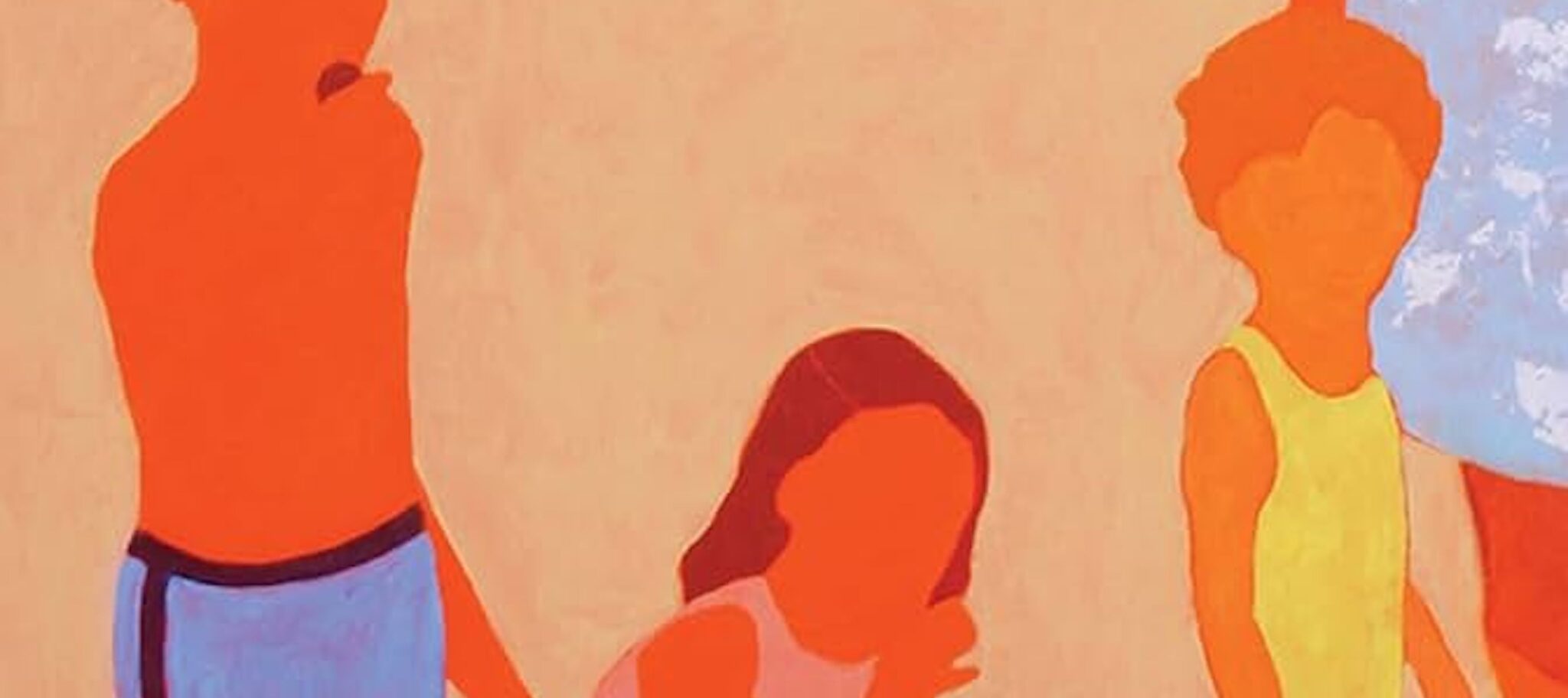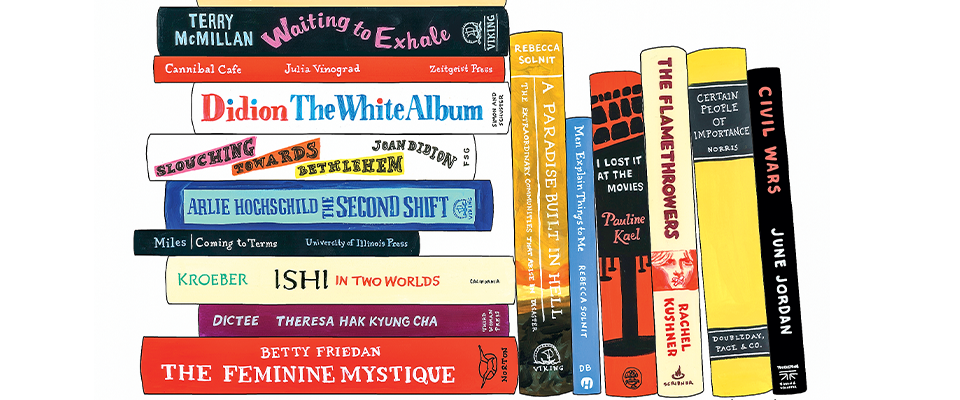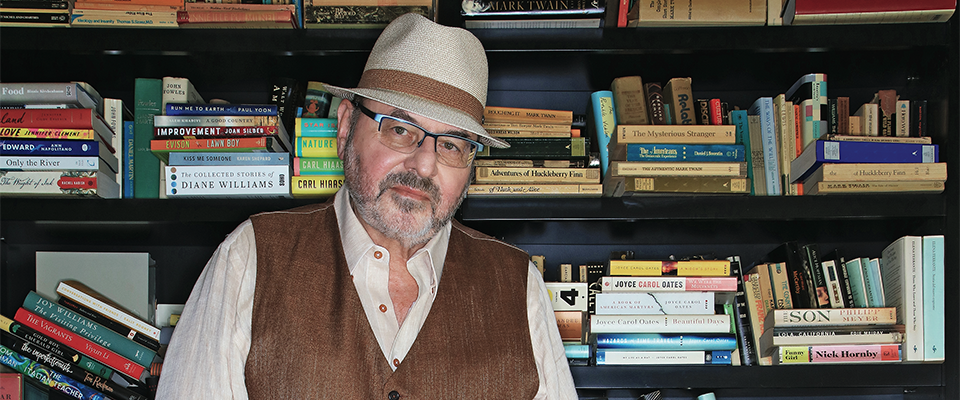Mona Simpson made her mark on the literary world with her very first major work, the critically praised novel Anywhere But Here (1986), which was later adapted into the 1999 film by the same name starring Susan Sarandon and Natalie Portman. Since then, the Berkeley alum (‘79) has added five more books to her name and garnered high-profile awards including a Whiting Prize, a Guggenheim, and a Literature Award from the American Academy of Arts and Letters. Given such accomplishments, a writer could be forgiven a certain degree of hauteur, but the indelible impression a conversation with her leaves is one of warmth and humility.
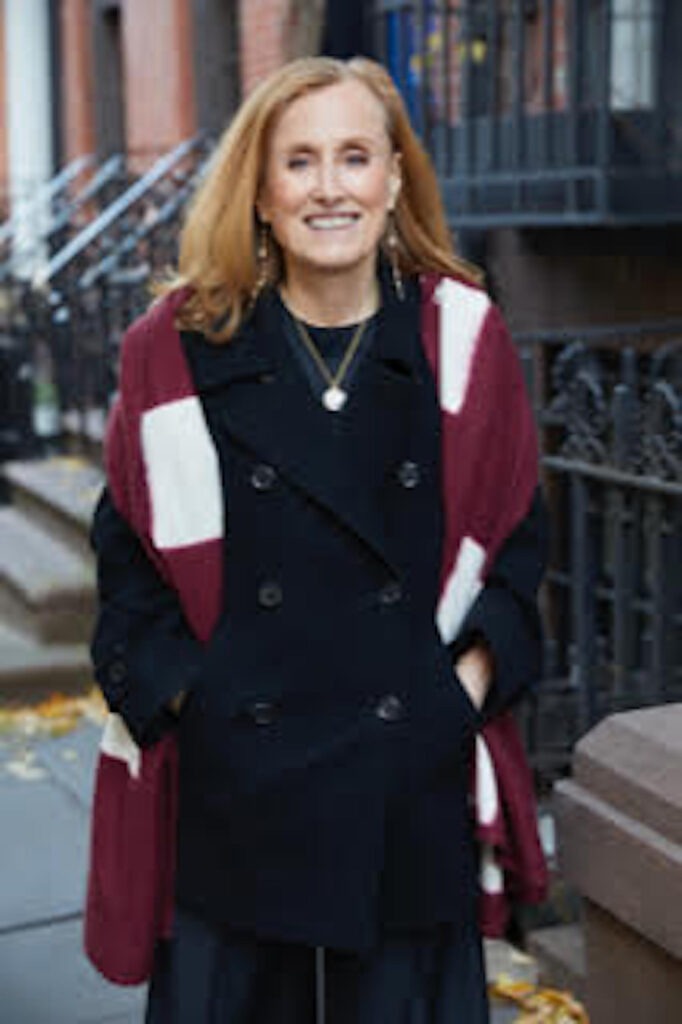
Through her writing, Simpson explores characters and locales both ordinary and extraordinary, her novels probing the nooks and crannies of family dynamics, lingering in the details of how we choose to give and receive love.
Her newest work, Commitment, is another intimate portrait of family life, centering on three siblings grasping for security and struggling to make sense of their lives when their mother is institutionalized for mental illness. The title is something of a double entendre, referencing both devotion and institutionalization, and a commentary all its own—the trappings of home and family are called “trappings” for a reason.
Simpson squeezed in time for an interview with me between classes at UCLA, where she has taught creative writing for over 20 years. She materializes on my screen looking every bit the professor, wearing a simple white button up blouse and oversized tortoiseshell glasses.
The interview has been abridged and condensed for clarity.
What was your inspiration for the novel?
I read an essay by Oliver Sacks called The Lost Virtues of the Asylum tracing the history of mental health treatment in the United States. And until fairly recently, the majority of serious mental health patients were sent to these large state hospitals, which were built at the beginning of the last century.

When you read the stories of the pioneers of psychiatry and their hopes for these programs, they were quite ambitious. They hoped to cure people. The buildings were constructed with enormous care. There were gardens that supplied the produce for the hospital food service, some had cows and chickens and worked as self-sufficient farms. There were hospital orchestras, art rooms, and plays put on by the patients. There were quiet libraries and badminton courts. It was a smaller, safer world. But it was a significant world, not people just being warehoused. At least that was the ambition in the beginning.
Sacks quoted from patients’ memoirs; they wrote about having derived benefits from being committed to these institutions, about feeling safe and understood there. This was a surprising idea for me, because I’d grown up like many of us having seen One Flew Over the Cuckoo’s Nest. I was a little too young to experience the 60s firsthand, but I caught the tail end of the spirit of freedom and deinstitutionalization. Once I started doing this research, I realized that all kinds of institutions had closed while I was growing up. I grew up in a town that had an orphanage. There are no orphanages anymore, per se. Yet there are still orphans, still children in need of homes.
I also had grown up with a mother who struggled with mental illness. I saw how much she struggled. I just wondered if it could have been different, if it could have been easier.
I wanted to explore that a little bit. And I found myself wanting to, in a small way, correct that overwhelming popular prejudice we’ve had against any kind of large coordinated response to mental illness.
Berkeley features prominently in the novel. Did your experience at Cal shape you in any way? Did you have any particular mentors?
I had a great experience at Berkeley. I had never seen Berkeley before applying, I just applied because it was a California school and it was supposed to be good. As I said, I’d grown up with a mother who struggled in a lot of ways, so for me getting to college was sort of like going to heaven. You’re surrounded by people who are complaining about the cafeteria. The cafeteria was great to me! I thought it was fabulous. I loved the classes. From month one onward, I just loved it. It was more than I could have hoped for.
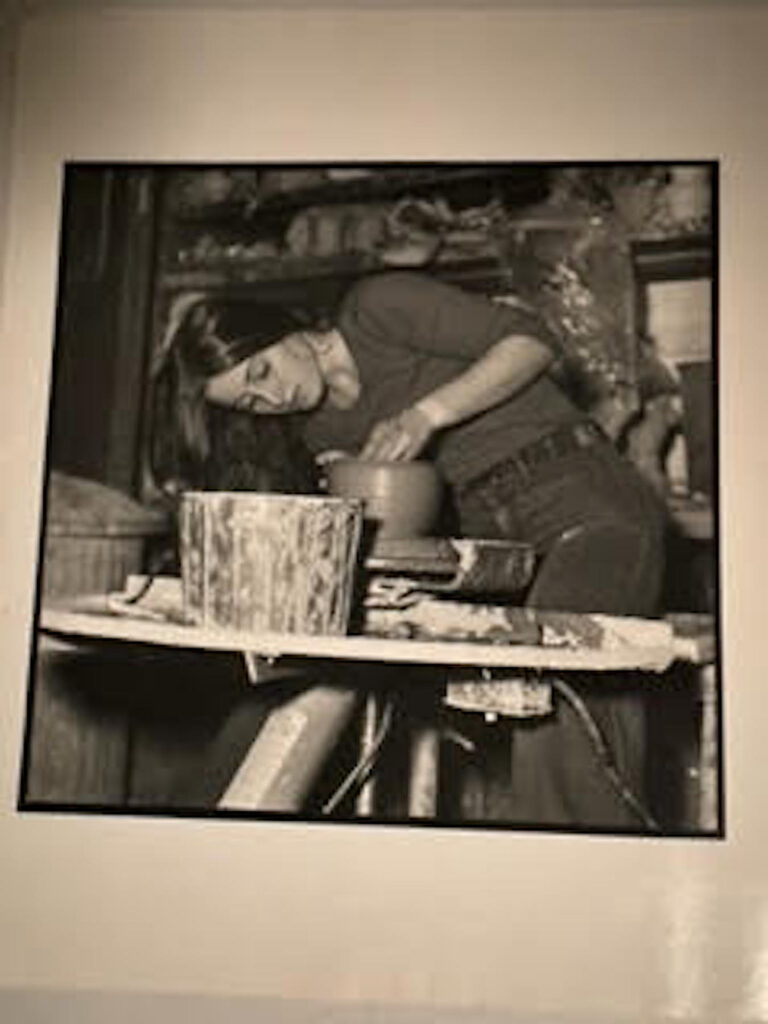
I had a lot of mentors. It’s funny, I planned to be pre-med, like Walter’s character from Commitment, but I really fell in love with the English department.
I had amazing teachers, like Stephen Greenblatt. Raymond Oliver was just an amazing writing teacher. Thomas Parkinson was an Irish scholar and taught Yates. I studied with Josephine Miles and Tom Gunn, both wonderful poets.
Seamus Heaney came to Berkeley for a semester and taught an incredible class. He was living up in the hills and he would have the class there, I think it was every Wednesday. We would start at three or four and go on into the evening and we’d go to an Irish bar in Berkeley after that and talk. He was an amazing teacher.
On the fiction side, Leonard Michaels was there. And so was Ishmael Reed. I’ve worked a lot with both of them. Czesław Miłosz was in the Slavic department. It was a golden era, but then it always feels like a golden era in Berkeley.
Commitment focuses heavily on the issue of balancing two often competing goals: the need to both belong and be exceptional. There’s also safety versus adventure, love versus lust, form versus function. Many young people wrestle with these questions. Do I make art or do I make money? Do you feel like you landed on any insight about this as an adult? What advice would you give to a young person?
There’s been a slew of interesting articles about the decreasing enrollments in the humanities, which of course interests me because I teach them. I think it’s a very natural response to the times. It’s very hard to get jobs in the humanities, it’s a less secure path. At the same time, this tension has always existed.
All I can say is, as someone who grew up without security in my 20s – as any writer does – I couldn’t help but notice in my 30s that there were a lot of unhappy lawyers, who found themselves in houses with mortgages. All of that was built on a faulty foundation because they really didn’t like what they did most of the day.
I’m a romantic in that way; I think that the humanities are ultimately practical. Every study of happiness finds that the most important things in your life are your friendships, your relationships, who you marry and the humanities are all about that. Even if you become a scientist, it’s important to have the moral reference points offered by the humanities. And I think the humanities ask you those questions, they try to explore that tension between the desire for exceptionalism and the desire to create within a community.
Do we have to choose? Can we have a day job and still be an artist, or do we have to move to a cabin in the woods?
I’ve been teaching for many years, and I get something from teaching, although it’s a tight balance. You don’t want to be overwhelmed by your day job, but it’s great to have a fulfilling day job if you can.
What really makes the difference is not going to a cabin in the woods – sure, a retreat can be a great jumpstart – but finding a way to not have to be heroic to do your writing in your own real life. And if that means you get up two hours early in the morning, or you give up some television, perhaps you give up wine with dinner, who knows what you give up, but you somehow manage to get a couple hours in every day. That’s what makes the difference.
What’s next for you? Maybe that’s an annoying question, given the fact that you just published a book.
You finish a book long before they come out. So actually, I have been working on something new. It’s about help – how we can help, and why, and who is helpable. It centers around two young women, cousins, who are struggling in their own unique ways when the family sends one of them to care for the other. In a thematic way, it’s a sequel to Commitment.











